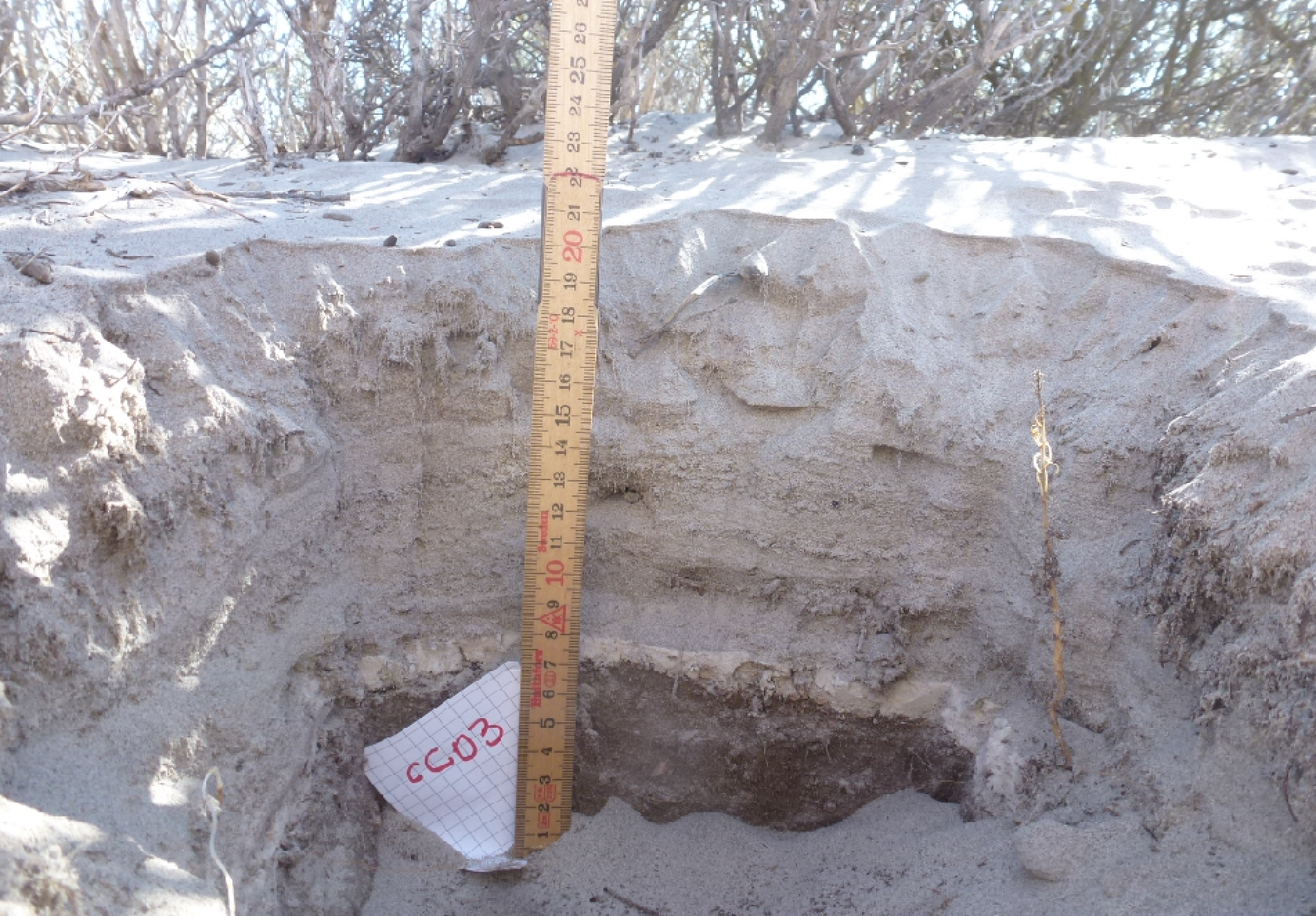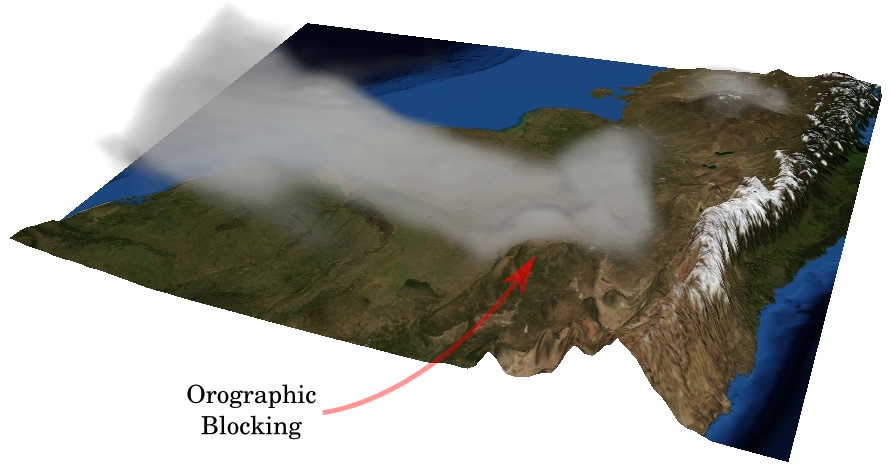Workshop
WIND-REMOBILISATION PROCESSES OF VOLCANIC ASH
23-26 October, 2019
Bariloche, Argentina
 |
 |
Explosive eruptions can inject large amounts of volcanic material into the atmosphere, which, when falling back to the ground, can cover vast areas extending for hundreds to thousands of kilometres. Under favourable meteorological and soil conditions, loose pyroclastic deposits can easily be remobilised by wind. The recurrence of volcanic ash remobilisation events represents a secondary hazard derived from the primary volcanic activity with a potential for long-term impact on various sectors including health, environment, transport and agriculture. Accurate forecasting and mitigation of the risk associated with ash remobilisation requires multidisciplinary studies that can improve our understanding of this process. The development of operational forecasting capabilities in the future will be fundamental to provide support to Volcanic Ash Advisory Centres (VAAC) and air quality agencies. Wind-remobilisation was first recognized in relation to the 1980 eruption of Mount Saint Helens (USA), and, since then, several cases of ash remobilisation have been studied through numerical modelling, physical characterisation and impact assessment (e.g. Etna volcano (Italy), Hudson, Cordon Caulle and Calbuco volcanoes (Chile), Cerro Blanco (Argentina), Katmai (USA), Eyjafjallajökull (Iceland)). However, only a few studies correlate the physical characteristics of remobilised ash with the associated transport and deposition mechanisms and investigate the role of meteorological conditions. Moreover, only occasional attempts have been made to model the atmospheric transport of remobilised ash clouds. Additional dedicated and multidisciplinary research, aiming at better characterizing this hazardous process, is required to outcome these gaps in our understanding.
Main goal:
We aim to gather scientists working in the field of volcanic ash remobilisation to improve our understanding of the associated triggers, dynamics and impacts.
Specific objectives:
- Compilation of best practices for field sampling and characterization of remobilised volcanic particles.
- Identification of the critical parameters controlling wind remobilisation.
- Description of the main input parameters required for numerical modelling of ash remobilisation and deposition.
Field trip:
Within the framework of this workshop, a fieldtrip to Ingeniero Jacobacci (Argentina) has been organized to provide a direct experience of wind-remobilisation processes and impact in the Patagonian steppe, and brainstorm ideas around in-situ ash-remobilisation experiments (see video).
Results :
Consensual document here
Scientific committee:
- Costanza Bonadonna (University of Geneva, Switzerland)
- Donaldo Bran (INTA, Argentina)
- Lucía Domínguez (University of Geneva, Switzerland)
- Pablo Forte (Universidad de Buenos Aires, Argentina)
- Corine Frischknecht (University of Geneva, Switzerland)
- Paul Jarvis (University of Geneva, Switzerland)
- Leonardo Mingari (Barcelona Supercomputing Center, Spain)
- Soledad Osores (VAAC- Buenos Aires, Argentina)
